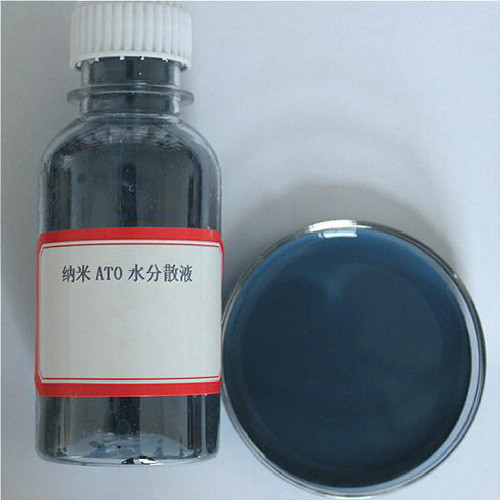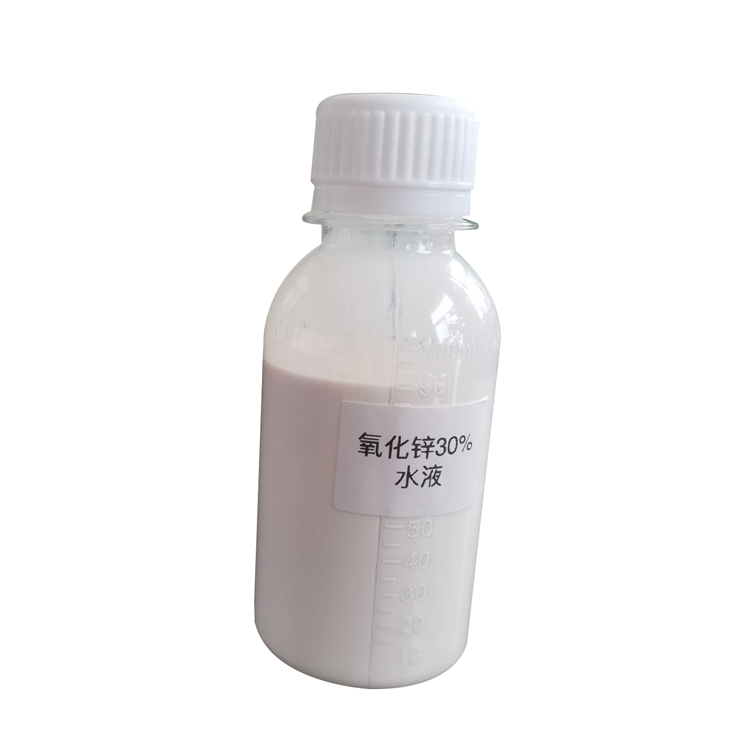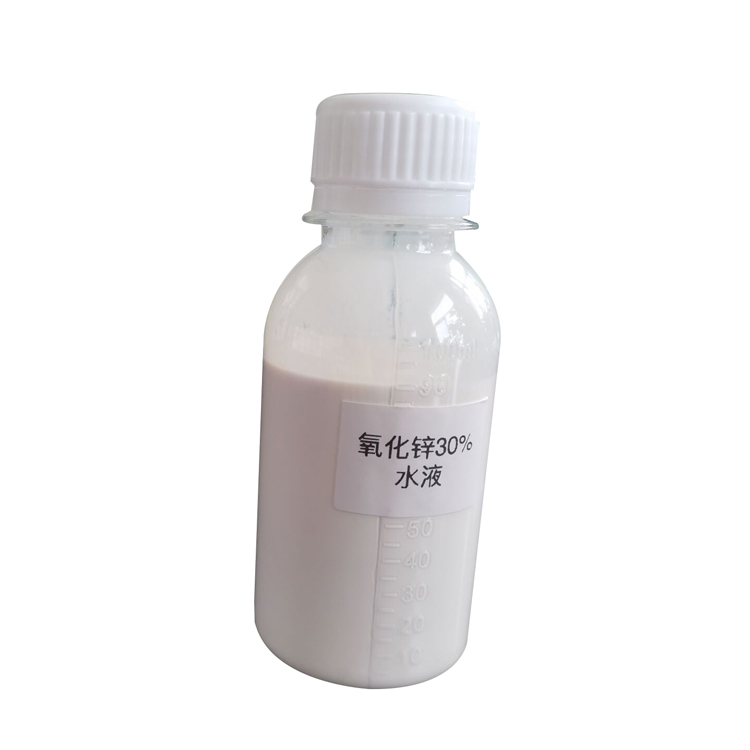Dispersants or dispersing agents are substances that aid in the uniform distribution of particles or materials such as nanoparticles in a medium. Dispersing nanoparticles can be a challenging task due to their high surface area, tendency to agglomerate and their small size. In this article, we will discuss the basic principles of using dispersants in dispersing nanoparticles.
Part 1: Understanding Nanoparticle Dispersion
Before we dive into the basic principles of using dispersants in nanoparticle dispersion, let us first understand the challenges involved in this process. Nanoparticles are small in size, and their high surface area makes them prone to agglomeration. Agglomeration is the process of particles sticking together and forming larger clusters, which can lead to inconsistent dispersion and reduced effectiveness. Moreover, the small size of nanoparticles means that they tend to follow the flow pattern of the medium in which they are present, making it difficult to achieve uniform distribution.
Part 2: The Role of Dispersing Agents in Nanoparticle Dispersion
Dispersing agents play a vital role in overcoming the challenges involved in nanoparticle dispersion. Dispersants are compounds that, when added to the medium, develop a repulsive force between the particles and prevent them from agglomerating. Dispersants achieve this by wrapping around the particles and creating a barrier, thereby preventing them from coming into contact with each other. Dispersants also help to create a stable suspension of nanoparticles so that they remain uniformly distributed within the medium.
Part 3: Types of Dispersants
There are several types of dispersants that are commonly used in nanoparticle dispersion. The most common type of dispersant is a surfactant. Surfactants are compounds that have both hydrophilic and hydrophobic properties. When added to a liquid medium, surfactants adsorb at the interface of the medium and the nanoparticle, to form a protective layer. Surfactants can also alter the surface properties of nanoparticles, such as zeta potential, which can help to keep the nanoparticles suspended evenly.
Other types of dispersants include polyelectrolytes, which are charged macromolecules that can attract nanoparticles and form a stable suspension, and steric stabilizers, which prevent particle agglomeration through steric hindrance.
Part 4: Factors to Consider When Choosing a Dispersant
Several factors need to be considered when choosing a dispersant. The properties of the nanoparticles, such as size, charge, and shape, play a crucial role in selecting the right dispersant. The nature of the medium, including pH, ionic strength, and viscosity, also affects the choice of dispersant. Finally, the intended use of the nanoparticle dispersion, such as drug delivery or nanocomposite fabrication, will also influence the choice of dispersant.
Conclusion
In conclusion, nanoparticle dispersion is essential for many applications, but it comes with its own set of challenges. Dispersing agents such as surfactants, polyelectrolytes, and steric stabilizers can be used to overcome these challenges and improve the uniformity and stability of nanoparticle dispersions. When choosing a dispersant, it is essential to consider the properties of the nanoparticles, the medium, and the intended use to select the best option for the situation.

























